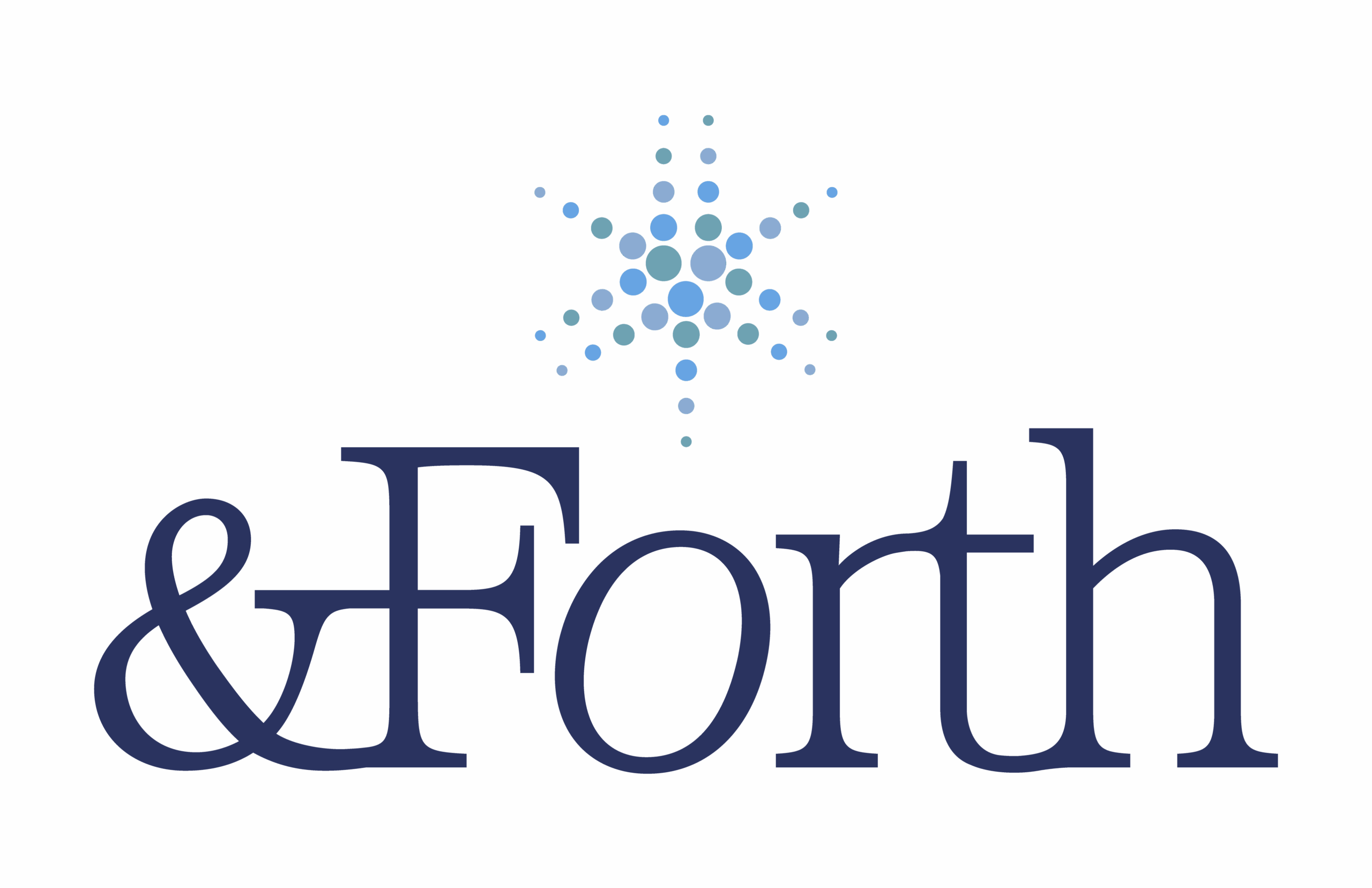One of the most common challenges for leadership teams is the difficulty of truly understanding themselves and each other. Misunderstandings, communication breakdowns, and mismatches between seats and employee personalities can prevent teams from reaching their full potential.
Supporting dozens of companies and hundreds of employees, The Beacon Partners have witnessed firsthand how The Predictive Index (PI) helps small business leaders overcome these challenges by building self-awareness, improving communication, and enhancing seat alignment.
In this article, we’ll introduce you to the Predictive Index and provide you with tools to:
- Understand PI’s four main factors (Dominance, Extraversion, Patience, and Formality) and what high and low scores mean.
- Identify your natural behavioral style and see how it affects team interactions.
- Explore the concept of Self and Self-Concept and how they reveal potential role misalignments.
- Learn about common PI factor combinations and how they relate to your communication style.
- Create ideal profiles for key seats on your accountability chart to match roles with personality strengths.
Let’s dive in and explore how you can use The Predictive Index to foster a stronger, more cohesive team.

What is The Predictive Index?
The Predictive Index (PI) is a behavioral assessment tool that gives insight into personality tendencies, work preferences, and communication styles. Leadership teams widely use it to understand how individuals approach work, interact with others, and respond to stress. PI measures behavior through four primary factors—Dominance, Extraversion, Patience, and Formality—that reveal how each person naturally communicates, collaborates, and handles various workplace situations.
For leadership teams, PI provides a shared language to discuss behavior and communication, reducing misunderstandings and enhancing collaboration.
The Four Factors of the Predictive Index
Each of the four PI factors measures a specific behavioral tendency, with “high” and “low” scores indicating different preferences.
Dominance (Factor A)
Dominance reflects a person’s desire to influence and control their environment.
- High Dominance: Individuals with high Dominance are proactive, assertive, and comfortable taking charge. They like to make decisions and influence others.
- Low Dominance: Individuals with low Dominance are more collaborative and accommodating. They often prioritize harmony and consensus over control.
Example: In a team meeting, a high Dominance member might say, “Here’s my proposal,” while a low Dominance member might ask others’ opinions before making a suggestion.
Extraversion (Factor B)
Extraversion measures a person’s preference for social interaction and relationship-building.
- High Extraversion: These individuals are outgoing, persuasive, and energized by team interaction.
- Low Extraversion: Those with low Extraversion tend to be more reserved and introspective, preferring solo or small-group work.
Example: A high Extraversion team member might initiate team-building events, while a low Extraversion member might prefer independent tasks and smaller, focused meetings.
Patience (Factor C)
Patience indicates an individual’s comfort with stability, routine, and pace.
- High Patience: These individuals appreciate steady, predictable environments and like to focus on one task at a time.
- Low Patience: People with low Patience are comfortable with a faster pace, adapting quickly to change, and juggling multiple priorities.
Example: A high Patience team member may excel in planning or quality control, while a low Patience member might enjoy high-energy roles with frequent changes.
Formality (Factor D)
Formality reflects an individual’s preference for structure, rules, and precision.
- High Formality: These individuals are detail-oriented, organized and thrive with clear guidelines.
- Low Formality: People with low Formality are flexible and adaptable, comfortable with ambiguity, and less structured approaches.
Example: A high Formality team member may create detailed project plans, while a low Formality member might prefer brainstorming and adapting as they go.
Understanding Factor Combinations and Common PI Profiles for Communication Styles
Beyond individual factors, combinations of PI factors provide deeper insights into communication styles, helping leaders identify tendencies that influence how team members interact, share feedback, and address conflicts. Here are six key factor combinations that offer valuable clues about communication preferences:
- High Dominance (A) + Low Patience (C): Individuals with this combination are proactive, fast-paced, and assertive. They tend to make quick decisions and prefer direct, to-the-point communication. This profile is suited for dynamic roles where quick problem-solving is essential, but it may come across as aggressive under pressure.
- High Extraversion (B) + High Patience (C): Collaborative and steady-paced, these team members value teamwork and stability. They’re likely to foster inclusive discussions and focus on relationship-building. This combination aligns well with assertive communication, as they are open and friendly but also respect others’ input.
- Low Dominance (A) + High Formality (D): Methodical and detail-oriented, individuals with this profile tend to communicate cautiously, often favoring precise language and structured discussions. This combination may lean toward a passive communication style, especially if they avoid conflict or defer to others in high-stakes situations.
- High Dominance (A) + Low Formality (D): People with this combination are results-driven and adaptable, often communicating directly and flexibly. They may prefer informal, action-oriented discussions, which can be effective in fast-paced environments but may come across as overly assertive or even confrontational.
- Low Dominance (A) + High Patience (C): Individuals with this profile are accommodating, calm, and patient. They avoid conflict and may struggle with direct communication, leaning toward passive or passive-aggressive styles when under pressure. This combination works well in support roles but may require encouragement to speak up in collaborative settings.
- High Extraversion (B) + Low Formality (D): Outgoing and flexible, individuals with this combination are communicative and open, often preferring to keep things light and informal. They excel in roles that require quick adaptation and interpersonal interaction. However, their indirect communication style may sometimes be perceived as manipulative if they avoid direct confrontation.
These factor combinations provide a nuanced understanding of each person’s communication style, offering leaders insights to anticipate tendencies and support effective collaboration across the team. By recognizing these profiles, you can tailor your approach to enhance alignment, accountability, and trust in your organization.
Understanding the 17 Predictive Index Profiles and Their Communication Styles
The Predictive Index identifies 17 distinct personality profiles, each with its unique strengths, weaknesses, and tendencies toward a dominant communication style. These profiles offer a deeper understanding of how individuals might naturally approach communication, from assertive and direct to cautious or persuasive. By recognizing these profiles, leaders can tailor their approach to suit each team member’s natural style, enhancing team cohesion and productivity. To dive deeper into how each of the 17 profiles aligns with the five primary communication styles, check out our detailed guide on [Predictive Index Profiles and Communication Styles]. Take a moment to review this guide with your team and discuss how each profile’s communication tendencies show up in your workplace.
The Power of Self and Self-Concept in PI
A unique feature of The Predictive Index is its dual assessment of Self and Self-Concept:
- Self represents a person’s core behavioral style—their natural, unfiltered personality.
- Self-Concept reflects how a person perceives they need to behave in their current role, shaped by job demands and expectations.
The difference between Self and Self-Concept can reveal valuable insights. For example, a person with naturally low Formality may feel pressured to increase Formality in a structured role. This misalignment can lead to stress and lower job satisfaction. By identifying such discrepancies, leaders can discuss adjustments or offer support to reduce stress, aligning roles with natural strengths.
Taking Action: Begin Your Journey with The Predictive Index
Using The Predictive Index to understand your own and your team’s personality profiles builds a foundation for improved self-awareness and team awareness. PI provides a shared language for understanding behaviors and preferences, creating a culture where team members feel understood and valued. This foundation aligns with high-trust principles from The Speed of Trust and the accountability focus in The Five Dysfunctions of a Team.
Dive in deeper with The Predictive Index by reading our article exploring how to better understand the four core communication styles and how to apply them when communicating with your team.



